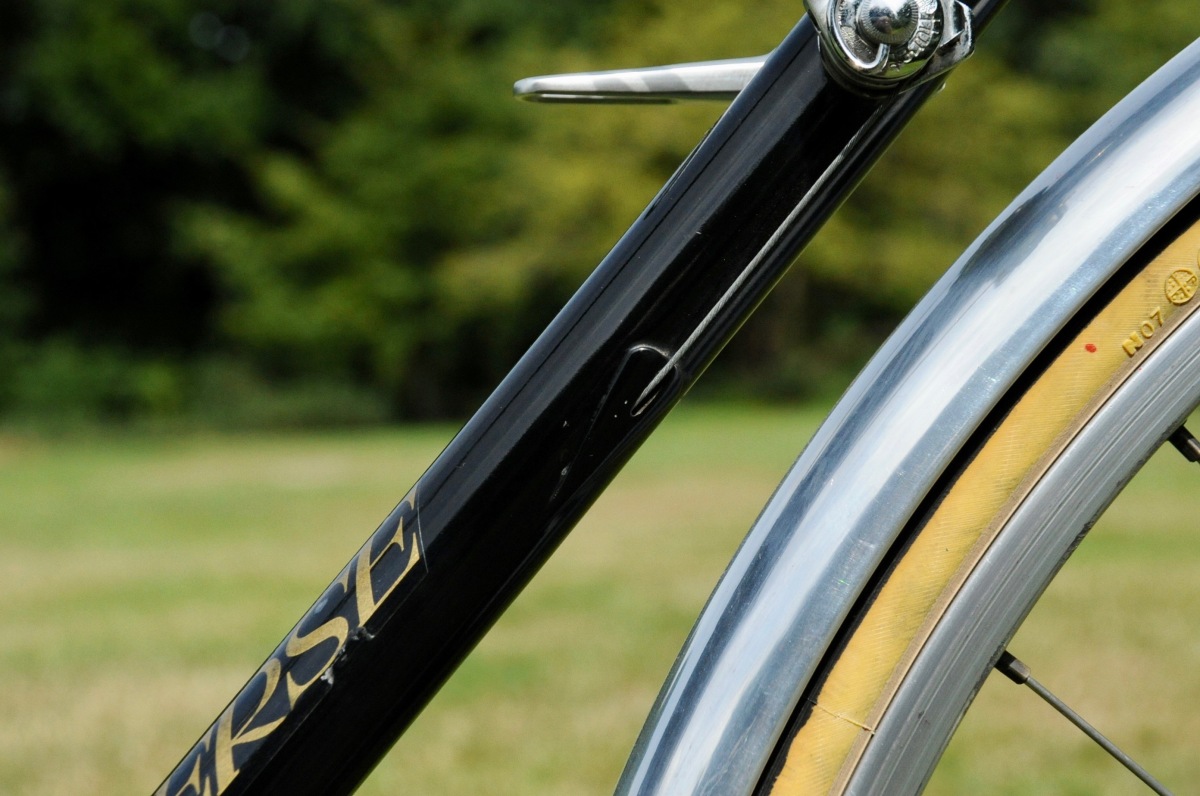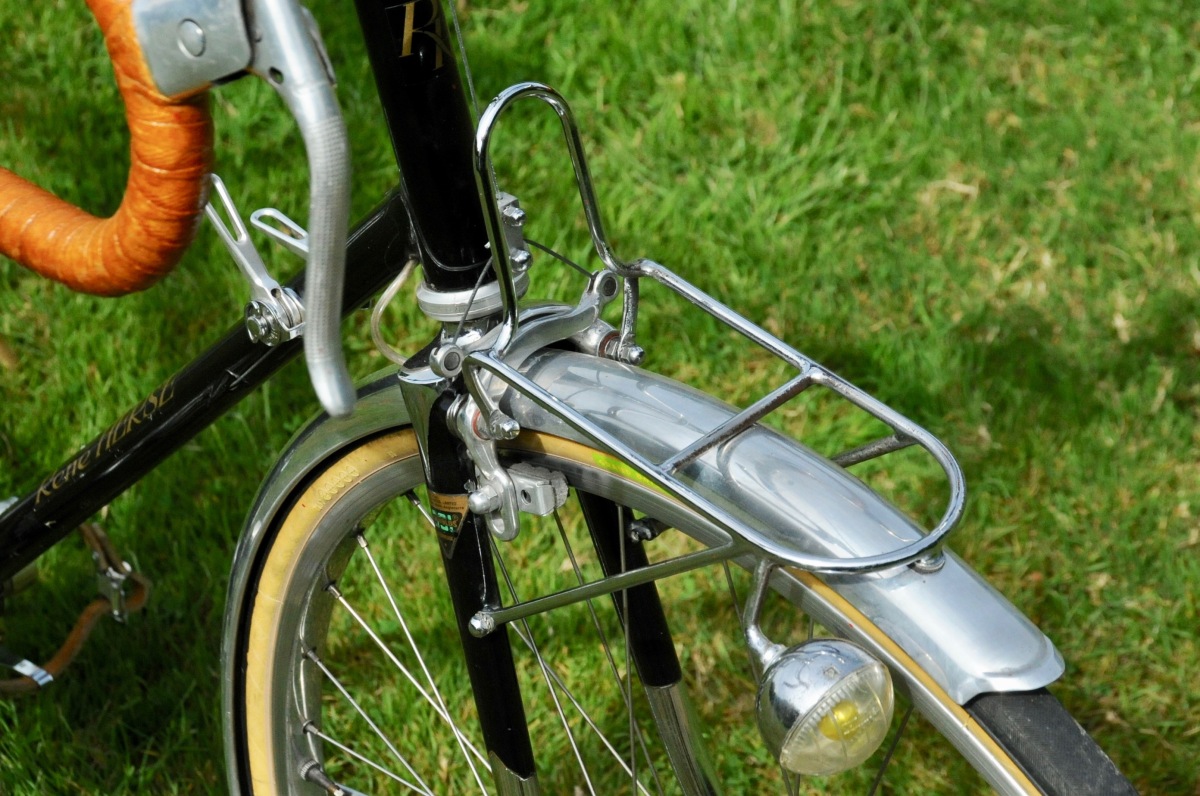Some time ago I wrote a post about my cycling hero G.P.Mills. I called him the ‘ultimate cycling hero’. Recent events lead me to think about another extraordinary cycling hero – Tommy Godwin, who even surpasses the great achievements of Mills. Let’s not get confused here… There is another famous cycling hero called Tommy Godwin, who won two bronze medals at the 1948 Olympics. Here I am talking about the ‘other’ Tommy Godwin…
Born in Fenton, Stoke on Trent in 1912 to a working class family, Tommy was working as a delivery boy by the age of twelve, and took part in his first time trial at the age of fourteen. He soon showed great talent as a time trialist, and won many events at all distances. Before the outbreak of War and now in his mid twenties, he set out to tackle the toughest challenge in cycling history… the year record. This consists of quite simply riding as far as possible over the course of 365 days. 1911 saw the French rider Marcel Planes set the first record of 34,666 miles. Various future attempts raised the bar, including 45,383 miles by Englishman Walter Greaves in 1936. This record was notable as Greaves had one arm! Despite this disability he set a seemingly huge total, yet within a year Ossie Nicholson of Australia raised the bar to 65,657 miles. It was this record that Godwin resolved to beat.
Setting out on New Year’s day 1939, he knew he had to average at least 200 miles a day, come rain or shine, headwinds or snow. That’s more than the average Tour de France stage…EVERY DAY for a year! Incredibly there was another challenger for the record, Bernard Bennett, who set out at the same time and whose progress helped to push him even harder. He used various routes, but a quite regular one was between his bases in Hemel Hempstead and Stoke on Trent. On 21st June he recorded his highest mileage in one day, a staggering 361 miles in 18 hours! On Christmas day he did an easy 59 miles, his lowest mileage.
Tommy rode a Ley TG Special bicycle made by his employers at the time, for the first 27,000 miles, before switching to a new sponsor. Raleigh bicycles furnished him with a Record Ace, a popular high end bicycle of the period. The bike had a Reynolds 531 frame, Sturmey Archer 4 speed gear and a Brooks B17 leather saddle, and it would have weighed about 30 lbs.
Being a vegetarian, common to a number of famous cycling record breakers, his diet was a little limited, particularly as rationing was introduced due to the outbreak of War. He was largely sustained by bread, eggs, cheese and milk.
By October 26th the existing record was beaten with 66 days in hand, and his challenger was lagging well behind. He went on to smash the record by over 12,000 miles. Astoundingly, not being content with this record alone, Godwin continued to ride on until May 1940, when he broke the record for 100,000 miles, completing this in 500 days!!!
It’s difficult to imagine the physical and mental effort required in achieving such a record. Physically he was in great shape before he started, and riding every day, he clearly became super-fit. But the mental effort involved in riding high mileages every day, in every condition imaginable, is simply staggering. Perhaps this is why the record has never been beaten? There is no doubt in my mind that this was the greatest single achievement in cycling history, yet despite this he seems to be little known. This very great man died in 1975, on the way back from a bike ride… of course!
This article came to mind because I heard that on 1st January 2015, British cyclist Steve Abraham, of North Bucks RC, will set out to attempt the record. The Guinness Book of Records will no longer sanction attempts as they decided it is too dangerous, so it will be validated by the Ultra Marathon Record Association, who organizes the Race Across America. Despite riding a state of the art bicycle almost half the weight of Godwin’s, coupled with modern nutrition and psychological coaching, I somehow doubt whether the record will be broken. Nonetheless, I wish Abraham the best of luck and safe rides on this Herculean task!
Update: Abraham was well on schedule to beat the record when he was hit by a moped, breaking his leg. As of March 4th 2017, he is again attempting the record which is now held by American Amanda Coker at 86,573 miles!
Vintage Bicycle Blog gratefully acknowledges the permission of Phil Hambley and Barbara Ford (Tommy’s daughter) for the reproduction of photographic images. Phil’s website about Godwin is undoubtedly one of the best websites I have ever seen on a cycling subject. It is packed with information about the man and his machine, and detailed information about the record, and is also beautifully designed. I strongly recommend investigating it and learning more about this extraordinary man.






































































You must be logged in to post a comment.